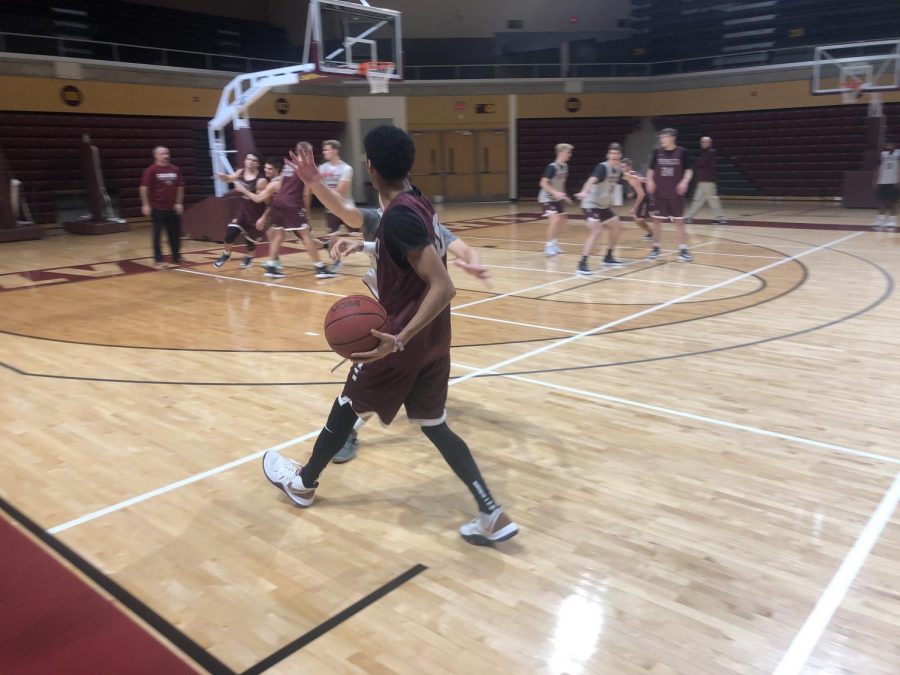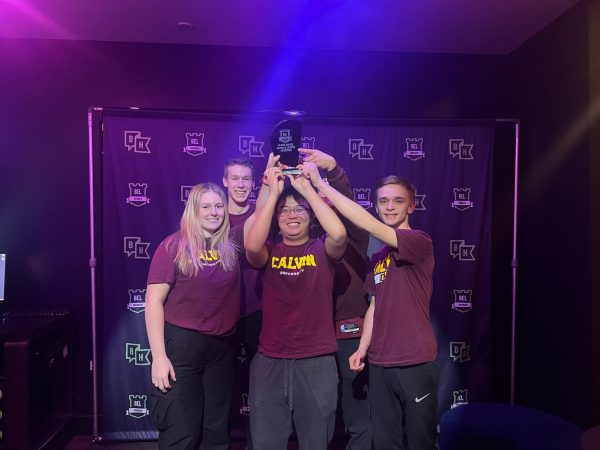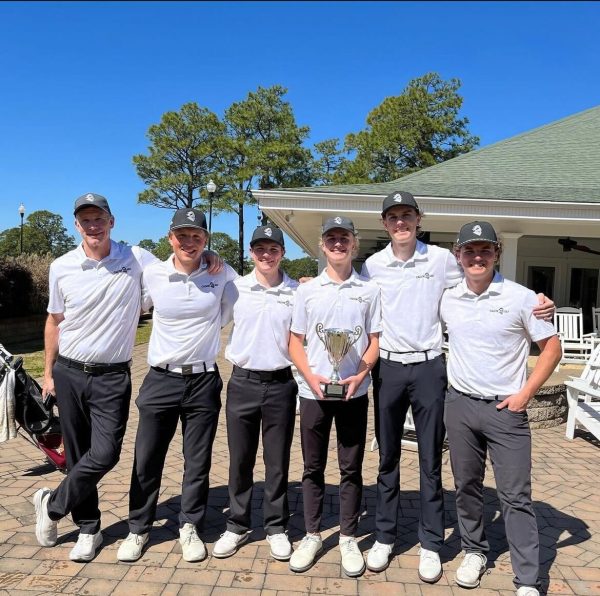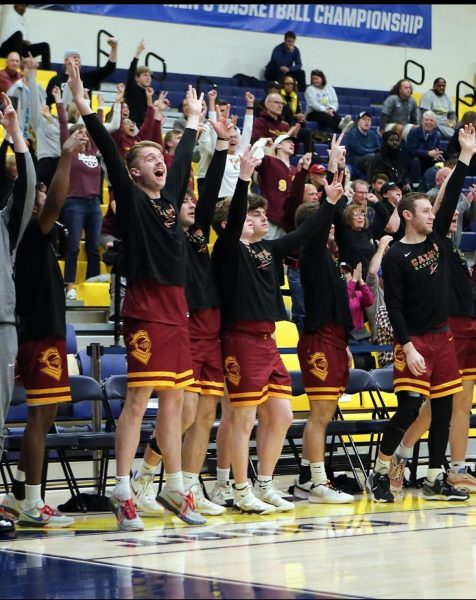Student athletes of color experience both alienation, community on teams
Oftentimes the dynamic of a sports team can feel like a second family for teammates, but in some cases, demographic or societal factors could cause this comradery to escape certain students. For student athletes of color at Calvin, some have felt properly integrated into this family dynamic, but others have felt alienated.
For sophomore basketball player Jacob Williams, his experience at times was the latter. Williams expressed how he is often the only black player in the locker room; however, he feels that he is comfortable around most people, stating that at Calvin, “It’s kind of normal to be the only black kid in the vicinity.” Despite this, he feels that he gets along well with his teammates. Another former basketball player at Calvin, Ashley Cheeseboro, expressed a similar sentiment.
Cheeseboro said, “Being black surrounded by white people, you’re always going to feel some sort of way about that.” But for her the most enjoyable part of being on the team was her teammates. These athletes often are able to adapt to a variety of cultures and maintain friendships with people of different backgrounds.
Former lacrosse player Mitch Wong said, “My team was my family.” As a freshman looking to fit in, he received an “automatic friend group” in his lacrosse teammates due to the immediate hours upon hours of interaction with them.
While the player to player relations were enjoyable, the same can’t always be said for player to coach relations. Cheeseboro struggled to have meaningful interactions with her coaches and it left her feeling ostracized. She struggled to obtain significant minutes on the court despite a unique skill set. Due to this disconnect, the season oftentimes was unenjoyable. She didn’t feel that the coaches were invested in every player and that she “was never coached.” She expressed that there was no real care about“what I had to say or how I was doing.” She felt so disengaged from the coaches that she opted to not even go to the end of the year one-on-one meeting with the coach because she felt that that would be the most she had talked to the coaches all year long.
While not to the same extent as Cheeseboro, Williams also felt a bit of a disconnect from his coaches last year. He felt that his talent was being underutilized in games compared to his level of play during practices. Repeatedly in practices he felt that he was dominating the offensive side of the floor, but when it came to games, he was continuously overlooked. In multiple games despite playing well during his time on the floor he was repeatedly pulled from games and did not finish games in the fourth quarter.
This year he feels that there is more of a connection between practice and games and that “he is being recognized more for his capabilities, and am much more comfortable” as he was encouraged by the arrival of Coach Sall.
Wong had a different outlook on his relationship with his coaches, crediting them as “fundamental in me coming to Calvin.” He felt that the coaches not only cared about his performance on the court, but they also prioritized how he was feeling off the court.
Throughout the experiences of these three student athletes and many others, there is a clear distinction between the relationships they formed as a student athlete. One common theme is that they all had to go the “extra step” in order to achieve some sense of normalcy as said by Wong.
Despite this, Calvin seems to maintain a loving environment between its student athletes, and the new coaching changes have so far been well received by various players, giving the upcoming season a positive outlook. Calvin’s Athletic Department did not respond with comments.












